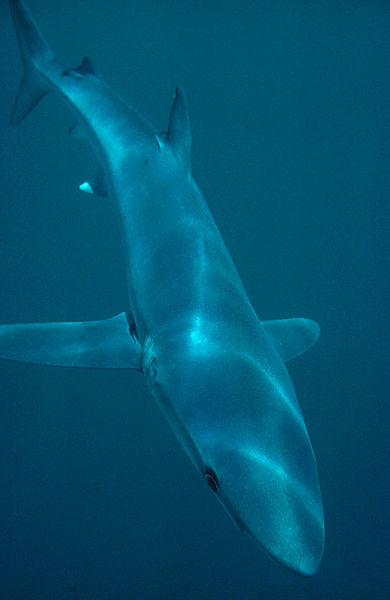
Tropical to temperate deep seas globally, within latitudes 40 degrees north and 40 degrees south of the equator Habitat
#Fun facts about vampire squids skin#
Young queen angelfish will set up a cleaning station and pick parasites off the skin of bigger fish like hammerhead sharks.CLIMATE CHANGE: Uncertain At the AquariumĪlthough not on exhibit in the Aquarium, the vampire squid is included in our website animal database to expand on the information originally presented in the Wonders of the Deep gallery, which was open from 2013 to 2016. Unlike most fish, queen angelfish are usually found in pairs that stay together for life!įemales can lay up to 75,000 eggs at once.įemales can lay up to 10 million eggs during one breeding season. Queen Angelfish are absolutely beautiful, with sparkling blue and yellow bodies, rounded heads, ringed spots on their foreheads that look like crowns, a top or dorsal fin that runs the entire length of their bodies and solid yellow tail. Sea stars are the only animals with feet on their arms! Sea stars arms can grow right back if something happens to them. When it's full, the sea star pulls back its stomach and lets go of the empty shell. Sea stars use their arms to open things like clam shells, then they squeeze their second stomachs into the opening, where it eats the clam from the inside. Their secret is - they have two stomachs! One digests the food and the other extends out from the sea star's body to eat its prey. But don't be fooled by their cute shape - they're actually brutal predators that can devour prey that's much larger than their mouths. Sea stars are spiny, hard-skinned animals that live on the sea floor. It would be like you trying to chew your food with just your front teeth! The whale shark has 300 rows of tiny teeth!ĭespite all those sharp teeth, great whites don't chew their food. Instead, they sit in the shark's gums, with replacement teeth constantly growing in the gums below.

Sharks lost their teeth easily because their teeth aren't connected to their jaws (like ours are). The name "dugong" means "lady of the sea." Sailots exploring the tropics once accidentally thought dugongs they saw off in the distance were mermaids! Dugongs use their snouts to vacuum up seagrass from the ocean floor.ĭugongs are serious eaters! One dugong can devour a bed of seagrass the size of a soccer field in one day! And their long, powerful snouts are similar to an elephant's trunk. In fact, these large marine mammals even have ivory tusks jutting out from the sides of their mouths, which the males use to fight other males and females use to protect their babies. They use their tentacles to tightly grip onto their surroundings.ĭugongs are often called sea cows, but they're actually related to elephants. Brain coral can survive strong storms that break other types of coral.Some corals use their stinging tentacles against other, competing brain corals. During the day, these tiny arms are pulled in close to their bodies for protection. And even though it may not seem like much more than a rock, there is something living and breathing beneath the coral's surface.Ĭheck out the brain coral's tentacles. The ideal water temperature for the vampire squid is a chilly 35 degrees Fahrenheit - brrrr!īrain coral can live up to 200 years! This type of coral is made up of the skeletons of tiny sea creatures and can be found in shallow, warm-water coral reefs.


#Fun facts about vampire squids full#
When squids see a predator, they distract it by releasing a cloud of sticky mucus full of glowing blue balls.


 0 kommentar(er)
0 kommentar(er)
